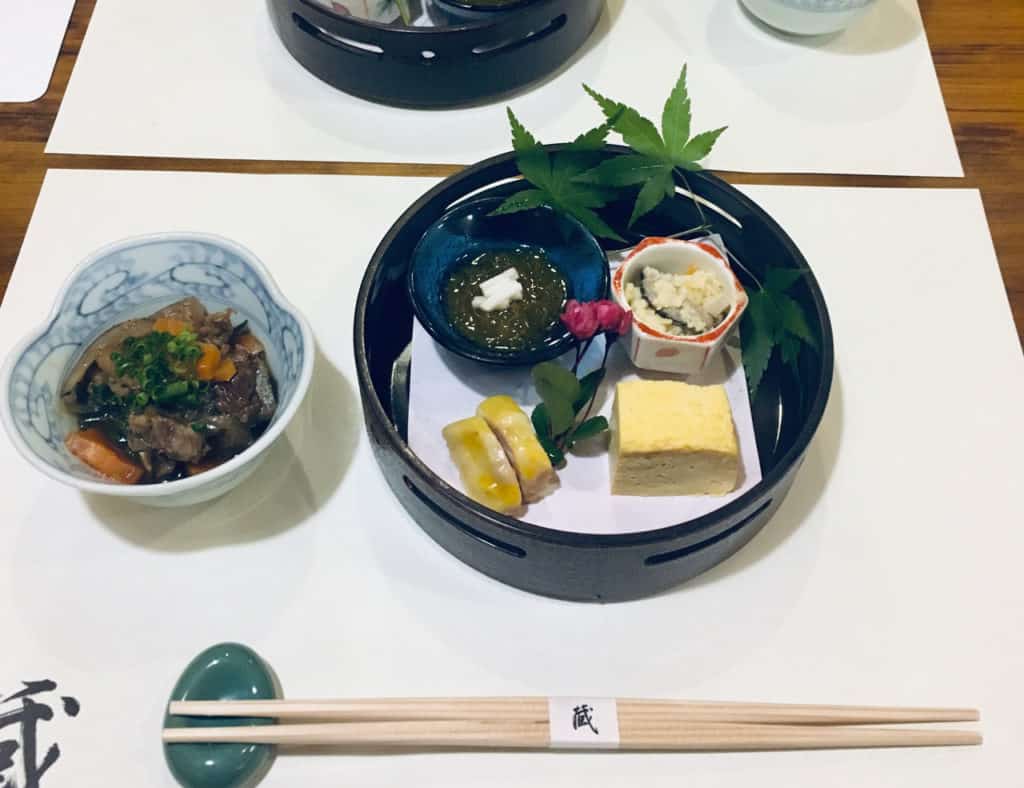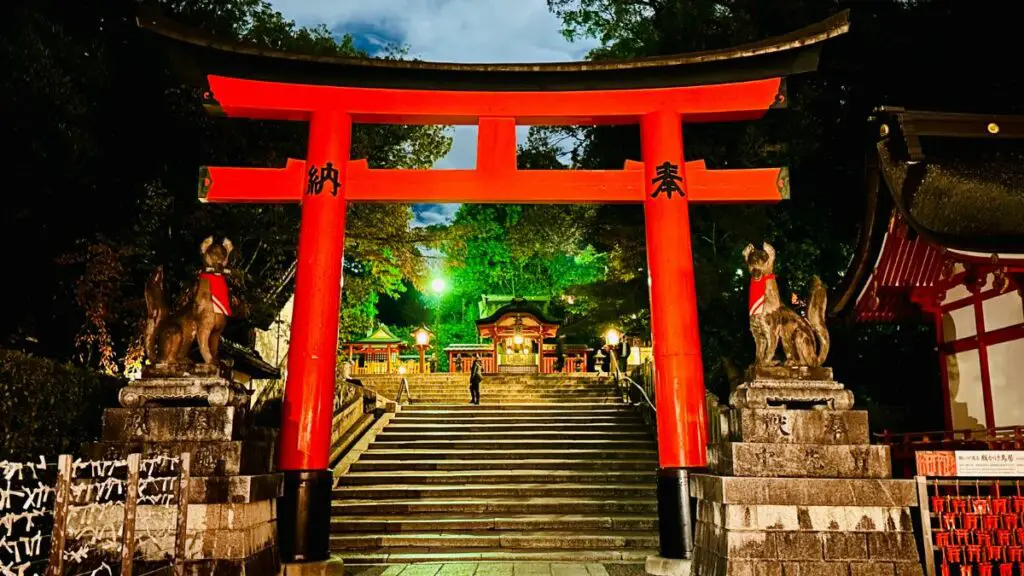I know that most people struggle with learning Japanese because of kanji, and I understand them. Kanji seems so difficult and there are so many kanji that it is normal to ask how can the Japanese learn all that. The answer might be surprising to you, but there’s no secret technique that makes the Japanese learn kanji faster than anyone else. The only difference is that they usually already know the word before trying to write it or read it.
As a general rule, Japanese learn kanji by memorizing them and practicing for less than 1 hour every day. They usually learn 10 new kanji each week. The most important kanji are learned from elementary to high school which means that they learn around 2,000 kanji in 12 years.
Of course, when you have that much time to learn, it doesn’t seem that difficult, but you must know that foreigners willing to learn Japanese won’t have 12 years to learn 2,000 kanji. Plus, the techniques used by the Japanese are not the best for foreigners. Let’s take a closer look at the way the Japanese learn kanji to have a better idea of how it works. (If you want a short version answer, just watch the video I selected for you a little further below.)
Japanese Memorize Kanji
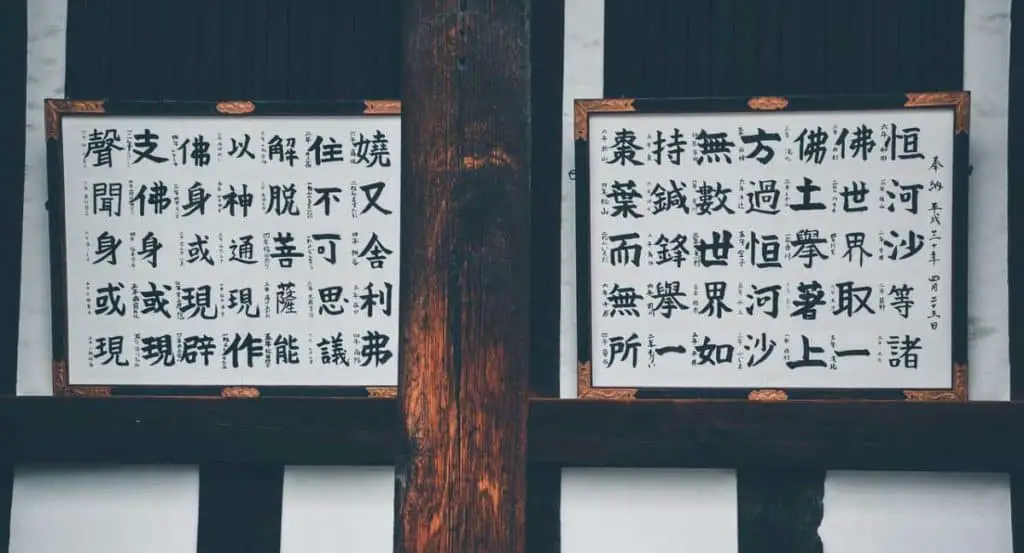
Just like any other language native speaker, Japanese kids already know how to speak Japanese before knowing how to write the words, and this is a huge advantage when you need to learn kanji characters.
As Japanese kids already know how to speak, they are just rote memorizing kanji all the time through their school years. All they need to learn in school is how to write and read each kanji because they already have the meaning.
There are about 2,000 kanji to learn from elementary school to high school which means that the Japanese have 12 years to learn them. When you put things that way, it is easier to understand how kanji is learned in Japan. You could learn lots of kanji in 12 years.
Let’s make a simple math. If you assume that 1 year has always 365 days, then 12 years would be 4380 days. And if you assume that you want to learn 2,000 kanji in 4380 days, that will make less than half a kanji per day! Even if you aim for 1 kanji per day, that doesn’t seem impossible when you have this much time available for learning, right?
Hey, check out these recommendations I have for you!
Before going any further, take a look at some of the recommendations I've handpicked for you. I think these are essential items you should have on your trip to Japan. You can check them out and buy them directly from Amazon.
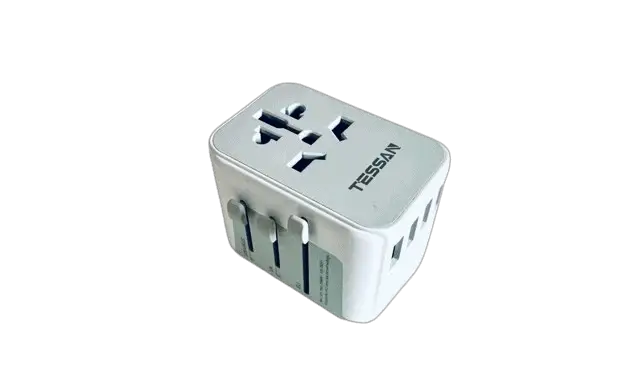
|

|

|
| A universal travel adapter | A 10,000 mAh power bank | A travel adapter and converter |
But don’t assume that Japanese kids have full classes about kanji at school. They spend little time in school learning kanji. They usually do some kanji exercises in class, but only if there’s some time left at the end of the class. Some teachers will present the kanji characters to the students, and others will encourage students to look up in a Japanese dictionary every kanji they don’t know, but in the end, all Japanese kids spend lots of time just writing kanji over and over again. (If you need a Japanese dictionary, you can check the Kanji Dictionary for Foreigners Learning Japanese easily available on Amazon.)
This works perfectly for them because they have plenty of school years to practice, but for a foreigner that needs to learn Japanese, or that simply wants to learn for fun like me, this is far from being the most effective way of learning.
Japanese Practice Kanji Every Day
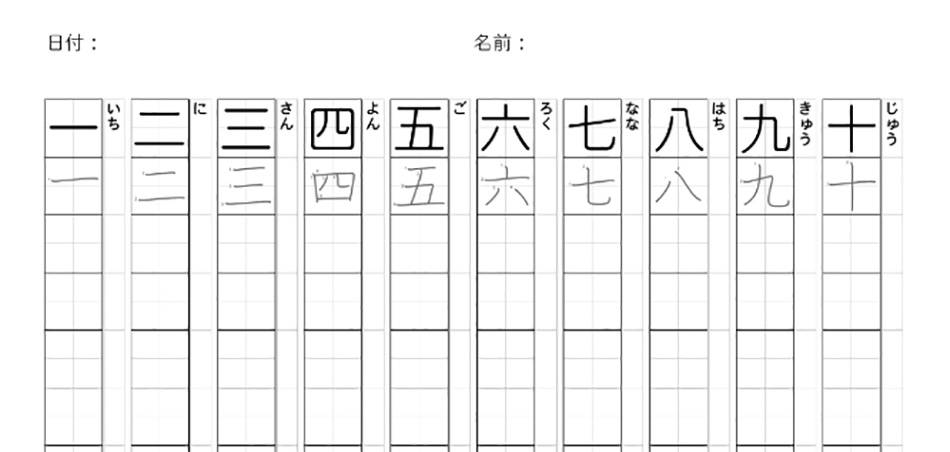
The key to assimilating all kanji is practicing a little every day.
As a general rule, Japanese kids spend about 10 minutes learning kanji at school and about 30 minutes doing kanji homework. As you can imagine, most of the work in learning kanji is done by the students.
Insider tips for your Japan trip. Quick, easy, and free!
I Want This
On average, the Japanese kids will learn about 10 new kanji every week. The kanji characters seen at school will have to be written over and over again as part of the homework, which is usually a practice sheet with several columns where you can write each character vertically, one column per kanji. (If you want some cool practice books for learning kanji, you can check the Learning Japanese Kanji volume 1 and volume 2 which are perfect for beginners willing to practice basic kanji).
To make sure that Japanese kids assimilate all the kanji seen at school, there is a kanji test once per week to evaluate their learning. Commonly, if they fail some kanji, they will have extra homework to make sure they can keep learning new characters without forgetting the ones already learned. And the day after the kanji test, kids will immediately start learning the next set of kanji.
Japanese kids will also have a 50-question kanji test about once every two weeks. This one will focus mainly on all the kanji that have been learned since the beginning and not only the kanji of the previous week.
If you want to see two Japanese kids talking about how they learn kanji in Japan, just check the video below.
You may also like:
Is Japanese Written Left to Right or Top to Bottom?
Why do Japanese say Itadakimasu before eating?
What Does Sakura Really Mean in Japanese?
The Best Ways of Learning Kanji for Foreigners
If you can’t spend 12 years of your life learning Japanese, what can you do? Well, fortunately, there are some techniques you can use to learn Japanese faster, easier, and sometimes in a funnier way. Let’s take a look at what you can do to help your learning.
Learn the Kanji Radicals
Kanji radicals are the smaller components that form kanji, and each kanji character has at least one radical. Some radicals can also be a kanji on their own (they are usually the simplest kanji you’ll learn). Since the kanji characters are formed by one or more radicals, if you learn the radicals first, you can guess the general meaning of a kanji more easily.
While there are over 50,000 kanji, there are only 214 kanji radicals, so you can understand now why radicals are so important.
And the best part is that you don’t even have to learn all the 214 radicals. The 6 most frequent radicals (人, 口, 心, 手, 木, 水), appear in 25% of the most common kanji! And basically, you can start by learning the 50 most frequent radicals, because they appear in 75% of the most common kanji that you need to learn in Japanese.
Use Mnemonics
Let’s face it, kanji aren’t easy to learn or remember just by looking at them (especially the most complex kanji). A good way to help you remember kanji is to use mnemonics. To apply this method, you just have to decompose a kanji into smaller parts using the radicals. Each radical has its meaning so use the radicals’ meaning to create a story about that kanji that will help you memorize the meaning and even the reading of that specif kanji.
The book Remembering the Kanji by James Heisig is a reference and a great resource to have when learning kanji. It is pretty much available in any bookstore or online on Amazon. I would also recommend using the Kanji Pict-O-Graphix book to learn kanji using images.
And if you want to take a look at how mnemonics work, just check this funny video below.
Use Spaced Repetition
As we saw at the beginning of this article, the Japanese learn kanji by writing it over and over again, but this is not an effective method for a foreigner who wants to learn the language. Instead, you should use spaced repetition. This just means that rather than stressing over a kanji character for hours until you learn it, you should simply work on that kanji for a few minutes, then do something else, and then come back to that kanji again.
Japan’s waiting for you! Get your quick guide for the best trip.
Grab It Now
By training your brain to recall information you saw a moment ago, you make the memory stick, and if you apply this method again and again, you are less likely to forget what you’ve learned.
Put Some Japanese in Your Daily Life

One of the best ways to learn Japanese is to be immersed in the language as much as you can. A simple way to do it is to put some sticky notes in everyday objects with the kanji writing. It doesn’t take much time to apply this technique, and it will speed up your kanji learning easily. Just imagine how much vocabulary you will learn just by stepping into a room. Plus, doing this, will also help you practice the famous spaced repetition we saw previously.
Just get a bunch of sticky notes, start writing the kanji you learn each day, and stick them to their related objects, as I did in the picture above. This way, every time I grab my book, I unconsciously read the kanji character (本) that means book, and my brain will easily associate this kanji with a meaning. Honestly, this is probably one of the simplest techniques that can bring huge results while learning kanji.
Read Manga
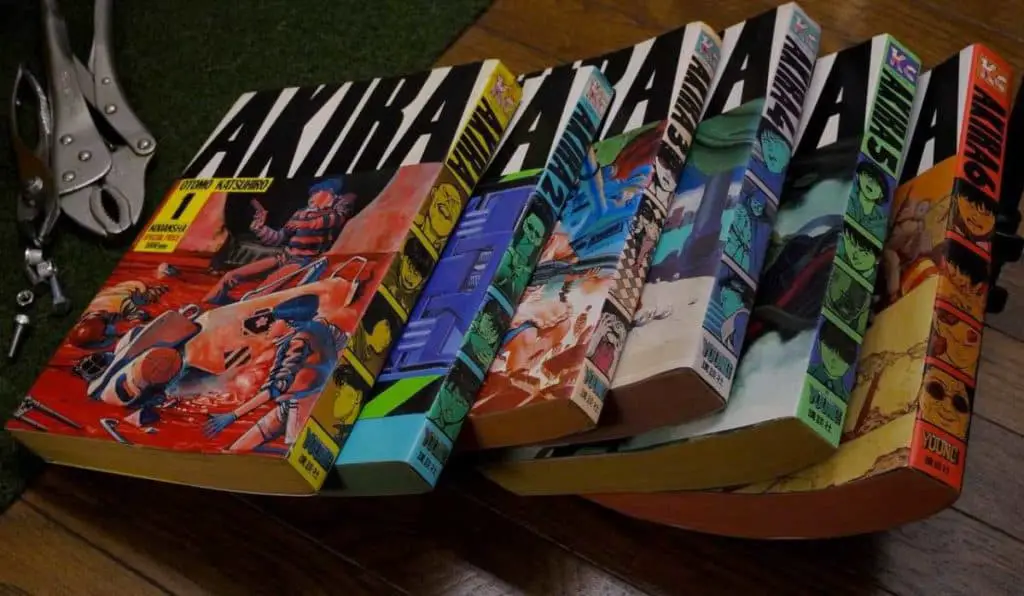
For those who like to read, adding some Japanese manga to your library is a fun way of learning kanji and Japanese in general. Some people might try to read Japanese newspapers, but that can turn into boredom quickly, so I recommend manga instead. Japanese manga have lots of images that help you better understand what is written in Japanese contrary to other types of books.
A little piece of advice though, just make sure you choose manga that also uses furigana. For those who aren’t yet familiar with the Japanese writing system, furigana is simply the small hiragana characters that are written next to the kanji character and that allow you to know how to read that particular kanji. There are lots of manga available on Amazon at an affordable price that also have furigana like this Doraemon manga, for example.
Reading manga without furigana is also possible, but you will have a hard time knowing how to pronounce the kanji without looking up in a Japanese dictionary.
Use a Good App to Help You Learn Japanese
It’s okay to have books and immerse yourself in Japanese, but what if you want to learn Japanese on the go? I like learning Japanese anywhere, so I like to use mobile apps to help me with that. My favorite is the Japanesepod101 app because it’s free when you start learning, and you can later upgrade your account if you want to have more features available. Plus, you usually have a 7-day trial with the premium features unlocked, so you can try them all for a while and decide if it is worth the upgrade.
Japanesepod101 is also a great website with vocabulary lists, an online dictionary, and a list of the 100 most common Japanese words for free. And they also have a lot of useful videos on their YouTube channel to help you learn Japanese and Japanese culture. Just check their video below on how to learn kanji the easy way.
How Many Kanji do I Need to Know?

There are over 50,000 kanji, but natives don’t know anywhere near this number, and all these kanji are not used in everyday life. The list of kanji used for reference is the one called Jōyō Kanji, and it’s issued by the Japanese Ministry of Education. The latest list of Jōyō Kanji was announced in 2010, and it has 2,136 kanji characters.
If you want to learn the kanji necessary to be fluent in Japanese in 6 months, you will need to learn about 12 kanji each day for 6 months (2136/180), which can be quite a challenge (assuming you don’t forget any kanji you have already learned). That’s why you should use at least some techniques above to help speed up your kanji learning.

